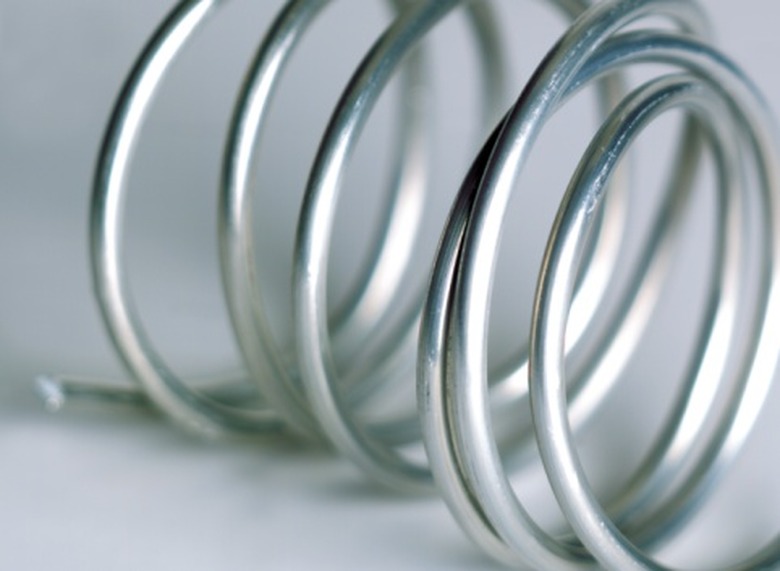How To Remove Solder Without A Soldering Iron
Things Needed
-
Two flat head screwdrivers
-
Propane torch
Tip
Use screwdrivers that you do not mind discoloring and possibly ruining. In a pinch, a wood burner can be used as a soldering iron.
Warning
Wear eye protection when working with solder. Wear gloves when handling hot objects and propane torches. Be careful when working with solder on a pipe above your head, it melts rapidly and can drip down on to your skin.
A soldering iron is little more than a heated piece of metal used to render solder into its liquid state. Having a soldering iron can make removing solder from a piece of pipe or electronic circuitry much easier, but it is by no means a necessary tool. In a pinch, there are a few ways you can reproduce the function of a soldering iron without spending unnecessarily to acquire a tool you will only need for a single job.
Step 1
Heat one of the flat head screwdrivers with the propane torch. You are going to want to use a screwdriver that you don't mind discoloring, and another that will wind up with solder adhered to it, with both being long enough to prevent burning yourself with the propane flame. Ideally you should subject the screwdriver to the flame until it turns red with heat. This process should be done as close to the solder that you wish to remove as possible, in order to prevent the screwdriver from cooling down before you can reach your work area.
Step 2
Apply the red hot screwdriver to the solder, being careful not to touch the surrounding circuitry if you are removing the solder from a piece of electronic equipment. This should be done on a flat surface, to prevent the solder from running once it is melted. You want to delicately touch the tip of the screwdriver to the highest point of the solder, or the "bubble," and press down lightly. The heat will transfer from the screwdriver to the solder, rendering it into its liquid form.
Step 3
Touch the cold flat head screwdriver to the liquid solder, and quickly remove it. If done properly, the solder should adhere to the cold screwdriver and can be removed from the surface. This process can be repeated to remove any remaining amount of solder. Do not use the cold screwdriver to "pick" or "chip" at the solder if it cools too rapidly, especially if you are working with an electronic circuit. This can damage the area surrounding the solder beyond repair.
Step 4
Heat the cold screwdriver that now contains the solder with the propane torch, and clean the solder off while it is in liquid form. This can be done using an old rag, but be certain that you hold the screwdriver straight out away from your body, to reduce the risk of getting hot solder on you or your clothing.
